Revive old WordPress posts with AI and Uncanny Automator. Learn how to reverse content decay…
WooCommerce Abandoned Cart Recovery: Complete Guide & Best Practices
Boost your WooCommerce abandoned cart recovery rates with this proven automation guide. Simple setup, real results. Start recovering lost sales today!
Picture this: A customer fills their cart with your amazing products, gets all the way to checkout, and then… poof. They vanish like a magician’s assistant.
Sound familiar? You’re not alone in this digital disappearing act. But I’m here to help you bring those customers (and sales) back! No magic, no tricks. Just proven strategies and powerful automations.
Here’s a number that might make you sit up straighter: The average global cart abandonment rate hovers around a whopping 75%. That translates into billions—with a “B”—in lost revenue floating around the ecommerce universe, just waiting to be reclaimed.
But here’s the good news: Those abandoned carts aren’t lost causes. They’re opportunities in disguise!
With the right recovery strategy, you can win back a significant chunk of those almost-customers. And the best part? You don’t need to be a tech wizard or automation guru to make it happen.
That’s where Uncanny Automator comes in—your friendly neighborhood WooCommerce abandoned cart recovery sidekick.
Want to get your shoppers back?
What Is Cart Abandonment—and Why Does It Happen?
Cart abandonment happens when a potential customer adds items to their online shopping cart but leaves your site without completing the purchase.
It’s like someone filling up their grocery cart at the supermarket, then leaving it in aisle seven and walking out empty-handed. Except in the digital world, this happens way more often!
To improve your WooCommerce abandoned cart recovery rates, you first need to understand why shoppers ghost their carts to begin with.
- Additional Charges: Unexpected shipping costs and taxes are the number one culprit for cart abandonment. Nobody likes hidden costs and unexpected fees.
- Mandatory Account Creation: Over 25% of abandoned carts are the direct result of ecommerce stores requiring account creation. Some shoppers prefer anonymity. That’s why platforms like WooCommerce give you the option to turn on and off guest checkout.
- Slow Speeds and Long Checkout Forms: We live in an era of instant gratification. So, waiting for a checkout page to load can feel tedious. Likewise, filling out a long checkout form is, for many shoppers, worse than waiting in line at a physical store.
- Security and Credit Card Information: Trust issues play a huge role, too. It’s always a good practice to display your site’s security credentials prominently at checkout.
- Distractions: Life gets busy. Sometimes shoppers get distracted by other tabs in their browser or notifications on their phone. Even a real-world intrusion can see shoppers walk away from their computer and their cart.
With an average cart abandonment rate of 75%, most of your sales are slipping through your fingers. And it’s not just lost revenue.
That’s your payroll, marketing budget, and investment in growth simply vanishing like into the digital void.
The good news is that abandonment cart recovery strategies like ones I’ll show you in this article can help you get some of those sales back.
Cart Recovery Tools: Features & Functions
Now that we’ve established abandoned carts are basically revenue vampires sucking the life out of your business (too dramatic? Nah!), let’s talk about the wooden stakes—er, tools—you need to fight back.
Not all cart recovery solutions are created equal. Knowing what features to look for can mean the difference between a mediocre recovery rate and turning your abandoned carts into a goldmine.
- Pre-submit Email Capture: Most abandoned cart recovery tools need an email address to contact the shopper. Pre-submission email capture means that your recovery tool detects and stores the value entered in the email field, even if the user doesn’t submit the checkout form. Think of it like getting a phone number before the end of a date.
- Multi-channel Communication: Multi-channel communication is your secret weapon for meeting customers where they are. Email is great, but why stop there? SMS messages have open rates that would make email marketers weep with joy. Onsite popups can catch visitors before they leave, and push notifications can gently nudge them back. The more channels you use, the better your chances of reconnecting with those wandering shoppers.
- Coupons and Discounts: As we’ve seen, taxes and other fees are often the reason that users walk away from their carts. Abandonment cart recovery tools that automate discounts and coupons for things like free shipping can help close the deal. Still, timing is everything. Throw discounts around too freely, and you’ll train customers to abandon carts just to score a deal.
- Personalization: The degree to which you can recover your abandoned carts has a lot to do with personalization. Shoppers are a lot less likely to abandon their carts after a personalized shopping experience with recommended products, exclusive offers, etc. They are also likelier than not to respond positively to a personalized recovery message.
- Analytics and Tracking: If you can’t measure it, you can’t improve it, right? Look for tools that show recovery rates, revenue generated, and which strategies are working.
In the next section, I’ll introduce you to Uncanny Automator, the best tool for WooCommerce abandoned cart recovery.
Uncanny Automator: WooCommerce Abandoned Cart Recovery Tool
Abandoned cart recovery is a highly technical job—unless you have the right tools.
Uncanny Automator takes the complexity out of abandoned cart recovery and makes it as simple as connecting the dots. No coding bootcamp required, no PhD in automation needed. Just straightforward, visual workflow building that actually makes sense.
Automator is a natural fit for WooCommerce abandoned cart recovery. As the #1 automation and integration tool for WordPress sites, you can mobilize your entire tech stack to recuperate lost revenue.
The Automator Approach to Abandoned Carts: Simple Yet Powerful
Automator has the key features that an abandoned cart recovery tool needs to have:
- multi-channel communication,
- personalization,
- automated discounts, and
- customizable reporting workflows.
Admittedly, the only feature that Automator doesn’t have (yet) is pre-submission email capture. These recovery automations only work for logged-in users.
But before you close this tab faster than a popup ad, hear me out—this “limitation” might actually be your secret advantage.
Why Logged-In Users Still = Big Wins:
- Quality Over Quantity: Most cart abandoners walk away from their keyboards before they enter their email address anyway. While it would be nice to capture as many abandoned carts as possible, capturing the ones who are actually likely to convert is where the real value lies.
- Greater Personalization: Personalization, as we discussed, is a key factor in determining conversion rates. You already know more about your logged-in users than you do about guest shoppers. “Hey AnonymousShopper611,” doesn’t really sound as welcoming as “Hey Adrian!”
- Lifetime Value: Returning customers spend more than first-time shoppers and are likelier to convert once they get to checkout. Investing in recovering their abandoned carts means higher checkout values and much, much better ROI.
You can enhance Automator’s ability to recover abandoned WooCommerce carts further with a plugin like Login for Google Apps.
Login for Google Apps makes it easier for users to log in to their accounts once they land on your website. They don’t need to touch their keyboard; they simply click their way through all the way from landing page to checkout page.
Of course, none of this is to say that you shouldn’t attempt to get users to create an account or log in before heading to the checkout counter. And Automator has 214 integrations to help you accomplish that.
| Integration Type | Popular Options | Use Cases |
|---|---|---|
| Lead Capture | WPForms, OptinMonster, Gravity Forms, and others | Capture emails and create accounts before checkout |
| Email Marketing | Mailchimp, ActiveCampaign, Brevo, and others | Trigger targeted recovery campaigns |
| Multi-channel Messaging | Twilio, WhatsApp, Dynamic Content Addon, and others | SMS and on-site recovery messages |
| CRM Systems | HubSpot, Zoho, Salesforce | Customer profiling for cart behavior |
Want to automate your lead generation? Find out how Uncanny Automator can help you create and convert new leads while you sleep >>>.
Alright, now that you understand the Automator approach to WooCommerce abandoned cart recovery, let’s actually put it to the test.
Step-by-Step: Abandoned Cart Recovery Automation for WooCommerce
In this section, I’ll take you step-by-step through the process of creating an abandoned cart workflow with Automator.
This is what it’s going to look like:
Once we build this recipe together, I’ll show you different ways to customize it. Including how to get onsite notifications for abandoned carts!
Let’s get started!
Step 1: Get Automator Pro >>>
For this WooCommerce abandoned cart recovery recipe, you’ll need Automator Pro features. Start following the instructions in your purchase confirmation email to activate your license.
Step 2: Create and Name a New Recipe
From your WordPress Admin Dashboard, navigate to Automator > Add new plugin. In the modal that appears, select Logged-in users.
Give your recipe a name that makes it easy to recognize at a glance. For example, we have named this recipe, “WooCommerce Abandoned Cart Recovery”.
Step 3: Configure Your Trigger(s)
In the Trigger panel, from the menu of available integrations, select Woo.
From the dropdown list that appears, select A user adds a product to their cart.
Automator will prompt you to select a product. For now, select “Any product”. (At the end, I’ll walk you through some different scenarios for product-specific triggers.)
Once you’re finished, click Save.
Step 4: Configure Your Action(s)
In the Actions panel, click Add action and select Emails.
From the dropdown list, select Send an email.
Automator will present you with a form for drafting your abandoned cart recovery email. We’ll configure this email together, using tokens (i.e., dynamic data from your WordPress site and from within recipes).
In the To field, click the Asterisk. From the dropdown list, select the “User email” token.
Set the Reply to email and draft your subject line and email body.
(Note: If you have selected “Any product”, draft a reminder email with a subject line such as “Were you still interested in…,” or, “You can still get…”. I’ll explain a little more later as to why.)
For example, here’s the abandoned cart recovery email that I drafted.
Make sure to include tokens to personalize the email and reduce friction to get the user back to the checkout. You can even send yourself a test email to make sure it looks just right.
Once you’re finished, click Save.
Step 5: Configure Your Action Filter(s)
Right now, Automator will send the WooCommerce abandoned cart recovery email to every user who adds a product to their cart. Of course, that’s not exactly what we want to have happen.
To make sure that the email only goes to users who abandon their cart or remove items from their cart prior to checkout, we need an action filter.
To add an action filter, hover the Email action and click Filter.
In the Condition modal that appears, search for the condition “The user has purchased a product in the past number of days”.
Automator will present you with another modal to configure the rule.
- In the Condition field, select “Has not”. This part of the condition is what indicates that the user has abandoned their cart.
- In the Product field, select “Use a token/custom value”. In the subfield, select the token “Product ID”.
- Set the Times and Days.
Once you’re finished, click Save filter.
Step 6: Configure Your Delay(s)
As the recipe is configured now, Automator will send the WooCommerce abandoned cart recovery email to every user who:
- adds a product to their cart,
- hasn’t purchased it the specified number of times, and
- hasn’t purchased it within the specified number of days.
The only problem is that the email will be sent immediately, before the shopper abandons the cart. To solve this problem, we will add a delay to the action.
To add a delay, hover over the action and click Delay.
In the modal that appears, set a delay of 30 minutes to an hour. (I’ll go over the best practices and the optimal timing for abandoned cart reminders in a later section.)
Once you’re finished, click Set delay.
Step 7: Go Live!
You’re just about ready to start recovering those abandoned carts. All that’s left for you to do is toggle the recipe from Draft to Live.
That’s it! You’re all ready to make those sales reappear.
Recipe Notes:
This particular WooCommerce abandoned cart recovery automation works a little differently from what some might expect. For example, if a user added two products to their cart and removed one before checkout, they would still receive an email for the product that they removed from their cart.
If you want product-specific abandoned cart reminders, you can simply adjust the trigger. Instead of selecting “Any product”, choose a specific product. The rest of the recipe, including the tokens in the filter, would be the same.
Abandoned Cart WhatsApp Messages for WooCommerce
WhatsApp abandoned cart reminders are a surefire way to bring your wayward shoppers back to the checkout counter.
Here are just a few stats to prove it:
- 83% of WhatsApp users open the app daily, an average of 23 times.
- WhatsApp users open 80% of messages within just 5 minutes of delivery.
With higher overall engagement and conversion rates, WhatsApp is a strong channel for recovering abandoned carts.
Automator is the leading no-code integration tool built specifically for WordPress sites with seamless WhatsApp integration for WooCommerce.
Instead of disappearing into your customer’s inbox, replace the email action in the recipe we created with a WhatsApp action. Automator’s Custom User Fields Addon even makes it easy for you to store your customers’ phone numbers on your WordPress site.
Learn how to create abandoned cart reminders for WooCommerce with WhatsApp >>>
Onsite Abandoned Cart Reminders for WooCommerce
Within the first 5 to 15 minutes of a cart sitting idle, your customer may still be on your site. During this brief window, you can give them a gentle nudge towards the checkout counter with onsite notifications.
Automator integrates with popup plugins like OptinMonster and Popup Maker, allowing you to display onsite abandoned cart reminders.
Display automated abandoned cart popups >>>
Additionally, Automator’s Dynamic Content Addon lets you place content that updates in real-time for the user anywhere on your site.
Create onsite abandoned cart reminders with real-time, dynamic content >>>
Automated Discount Abandoned Cart Reminders
When all else fails, you can always make your customers an offer they can’t refuse. While discounts for abandoned carts aren’t something you want to use all of the time, when applied effectively, they can convert even the most reluctant customers.
Automator lets you create personalized coupon codes that you can email directly to your customers.
Set the discount type, amount, expiration and restrictions automatically.
Alternatively, you could generate the discount code and send it via WhatsApp, Twilio, or wherever your conversion rates are highest.
Best Practices for Automating Abandoned Cart Recovery
With these abandoned cart automations now at your fingertips, you’re guaranteed to see your conversion rates rise. But to optimize your conversions, you’ll need the right strategies.
Having the tools is one thing, but using them like a pro? That’s where the magic happens.
GDPR Compliance
Nobody wants to be “that” brand that ends up in the spam folder—or worse, in legal hot water. Start with GDPR compliance by getting explicit consent before sending recovery emails.
Include clear unsubscribe options in every message, store data securely, and respect deletion requests. Add a disclosure near your email capture that says something like “We may send you reminders about items in your cart”.
Remember, being transparent builds trust, and trust builds sales. It’s that simple.
Timing Is Everything
Your first email should be the gentle nudge, sent 30 to 60 minutes after abandonment. Keep the subject line friendly and on-brand with something like “Did you forget something?” or, “Are you still interested in…?” and include a simple reminder with their cart contents.
The call-to-action should be straightforward—”Complete Your Order”—and resist the urge to offer a discount right away. Save your ammunition!
Email number two, the helpful friend, goes out after 24 hours. Try a subject line like “Still thinking it over?” and address common concerns about shipping or returns. Your CTA can be more supportive: “Any Questions? We’re Here to Help.” This is where you might consider a small dollar-based discount for first-time customers, but it’s still optional.
The third email is your last call, sent at 72 hours. Create urgency with a subject line like “Your cart items are going fast!” and include social proof in your content. Make your CTA compelling—”Claim Your Items Now”—and this is where you can bring out the bigger guns: 5-15% off or free shipping.
Metrics Matter
Let’s talk numbers.
Estimates for abandoned cart recovery email open rates vary, usually between 39% to slightly over 50%. It all depends on your industry, degree of personalization, and overall strategy.
You can only optimize your open and clickthrough rates if you are paying close attention to your metrics. Automator integrates with Google Sheets and Airtable, allowing you to track the stats that matter most to your business.
Learn how to create custom reports with Automator and Google Sheets >>>
Multi-Channel Mastery
Each communication channel has its sweet spot.
Email works best for detailed product reminders and storytelling. You’ve got the space to really sell the experience.
SMS and WhatsApp messages boast a 98% open rate. This makes these mobile-first channels perfect for urgent reminders that need immediate attention.
Onsite popups can catch visitors before they leave with exit-intent technology, giving you an early shot at closing the deal.
Personalization Is Power
Start with basic personalization: use the customer’s first name, show their exact cart contents with product images, and display the total cart value.
Once you’ve mastered the basics, move into advanced personalization. Recommend related products based on what’s in their cart, adjust your messaging based on customer lifetime value and shopping habits, send messages in their preferred language, and schedule your messages based on their timezone.
Smart Incentive Strategy
The golden rules of discount deployment start with restraint. Your first reminder shouldn’t need a discount at all—many customers just need a nudge. If they don’t bite, your second reminder might include free shipping or a modest 5% off. By the third reminder, you can escalate to 10-15% off.
Protect your margins by limiting discounts strategically. Apply them only to specific product categories, set minimum cart values like $50 or more, restrict them to first-time customers only, and always include expiration windows of 48 hours or less to create urgency.
Ace Your A/B Testing
Regularly perform A/B testing to see which strategies work best. While you want to A/B test every aspect of your abandoned cart reminders, from timing to placement and language, start simple.
Compare question-based subject lines against urgency-based ones. Test sending your first email one hour post-abandonment versus three hours. Put 10% discounts head-to-head with free shipping offers. Try static product photos against lifestyle shots.
The best A/B tests isolate specific variables so you can be certain which strategy is the most impactful.
Divide and Conquer
Abandoned cart campaigns aren’t any different from other marketing campaigns: segmentation is king.
For high-value carts, start the recovery process early and be persistent. Make use of all of your channels, offer premium support to address any concerns, and include free shipping automatically. These customers are worth the extra effort.
Repeat customers deserve special treatment. Reference their history with phrases like “As a valued customer…” and consider offering store credit instead of discounts. You can also use a faster follow-up timeline since they already trust your brand.
First-time visitors need more reassurance. Include trust signals like reviews and guarantees in your recovery emails. A new customer discount can help overcome hesitation, and adding an FAQ section to your emails can preemptively answer their concerns.
Here’s a power move: create separate automations for each segment in Automator. Your conversion rates will thank you when you’re speaking directly to each customer’s specific needs and motivations.
Frequently Asked Questions
Conclusion: Reclaim Your Lost Sales Now With Automator
And there you have it—everything you need to transform those vanishing carts into recovered revenue.
Let’s recap the magic formula: abandoned cart recovery equals revenue recovery, plain and simple.
Every abandoned cart is a customer who was interested enough to shop with you—they just need the right nudge to complete their purchase. With the strategies we’ve explored, you’re not just recovering sales; you’re building better relationships with customers and showing them you appreciate their business.
Here’s what makes Uncanny Automator your perfect recovery partner: it’s the Swiss Army knife of WordPress automation, but without the complexity. No coding knowledge? No problem. Automator’s visual recipe builder makes creating sophisticated recovery workflows as intuitive as pointing and clicking your way to more sales.
While you’re reading this, shoppers are abandoning carts on WooCommerce stores across the internet. But unlike other store owners watching revenue walk away, you now have the knowledge and tools to do something about it.
Set it up once, and Automator works tirelessly in the background—like having a dedicated sales recovery team that never sleeps.
Ready to stop letting sales slip through your fingers? Start using Uncanny Automator today to reclaim more WooCommerce sales >>>.
Until next time, happy automating!
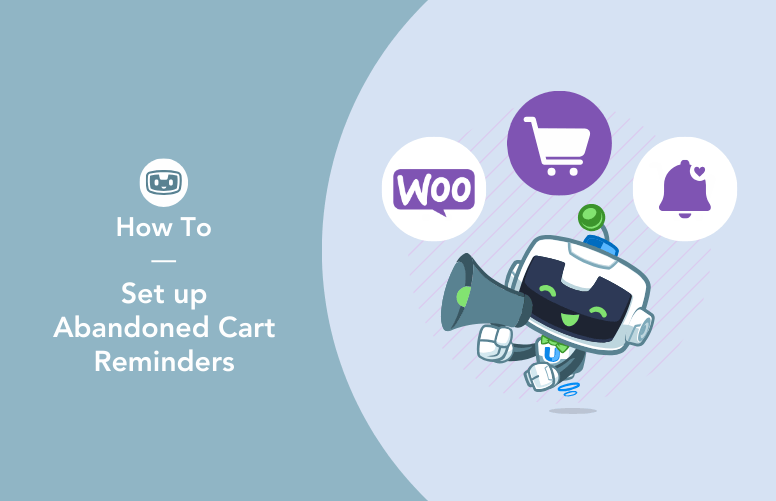
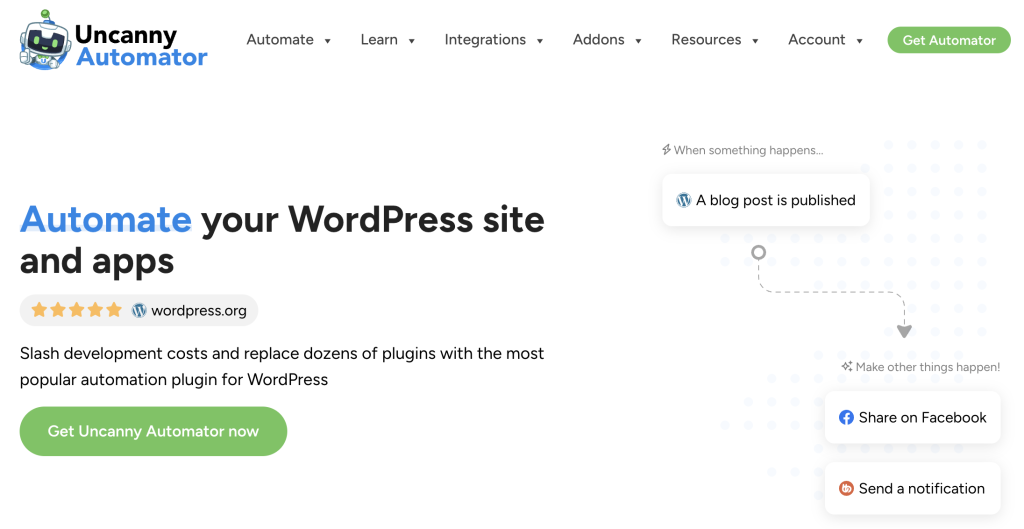
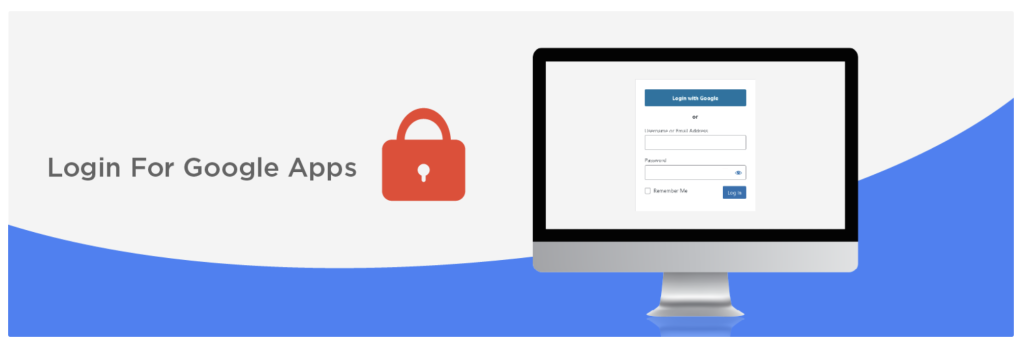
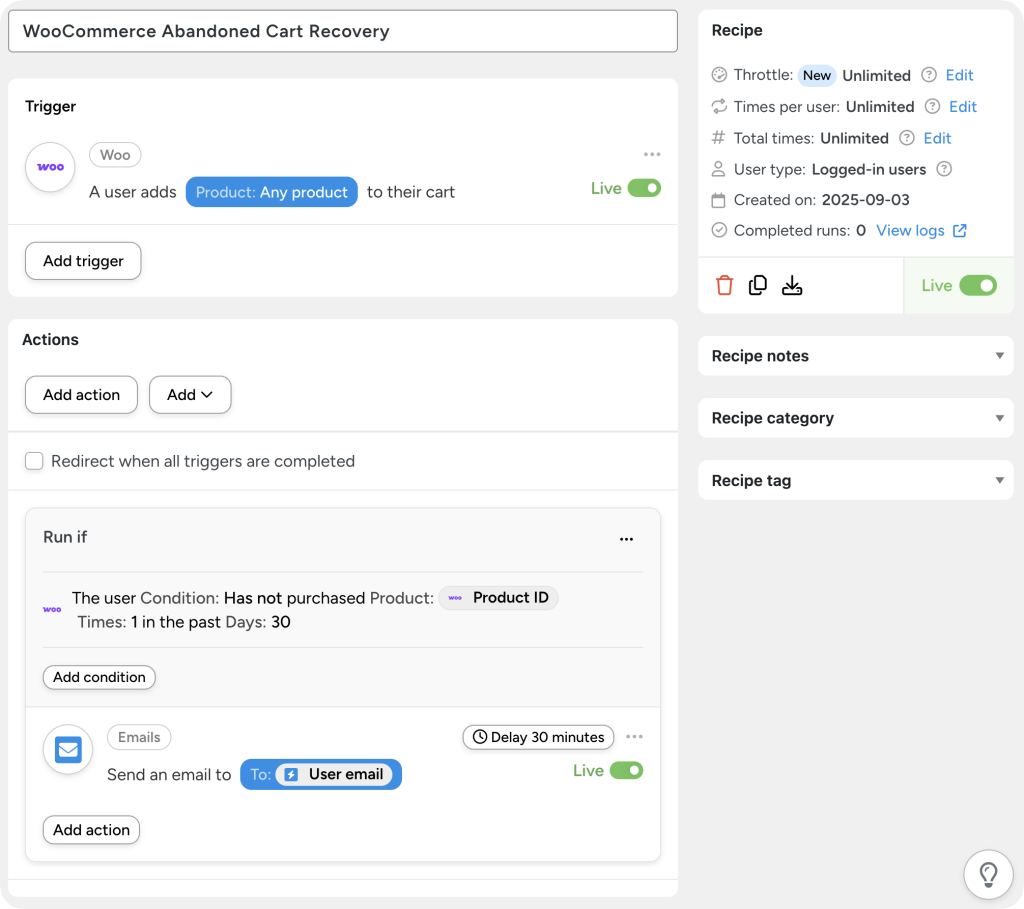
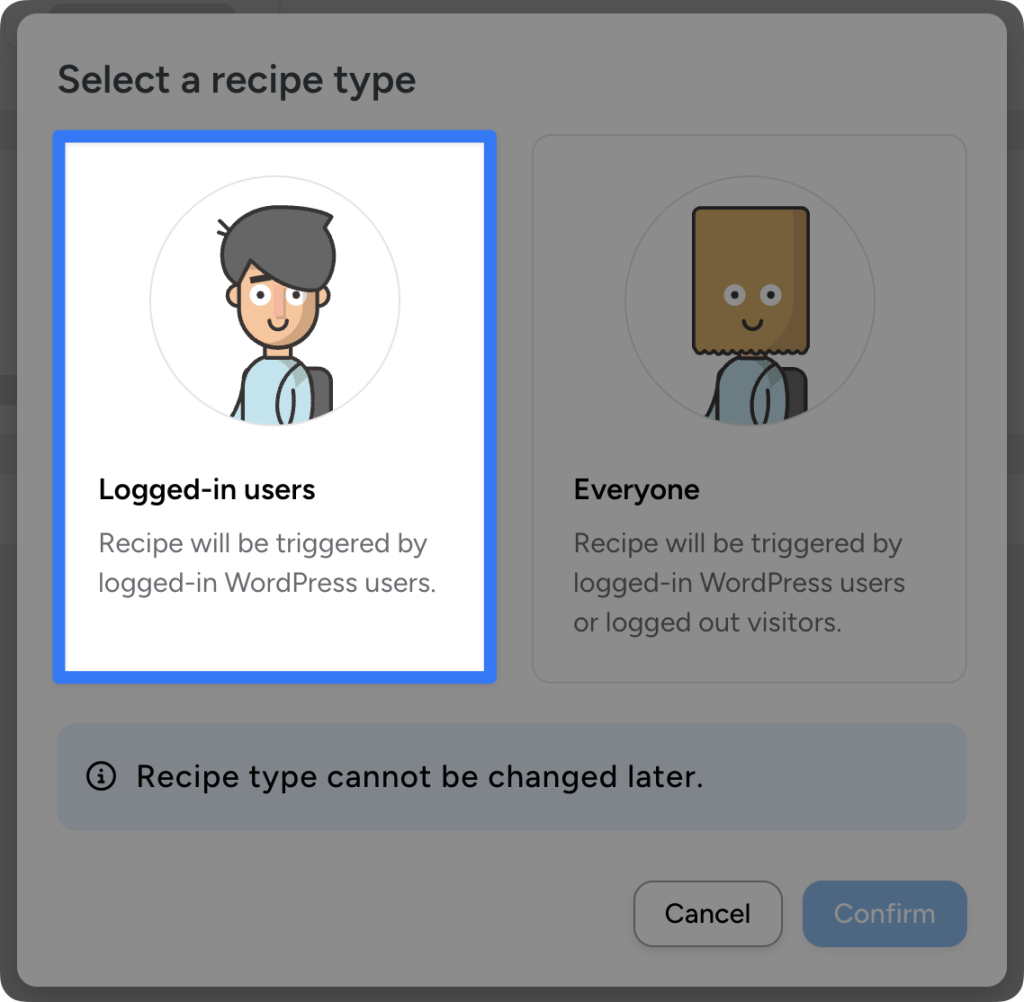
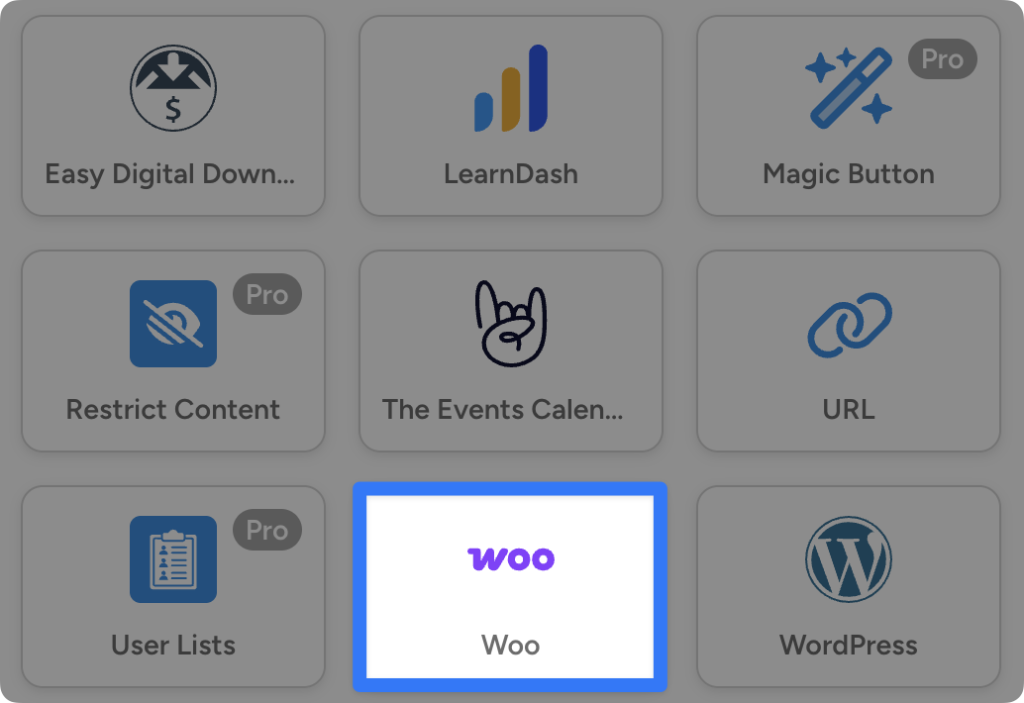
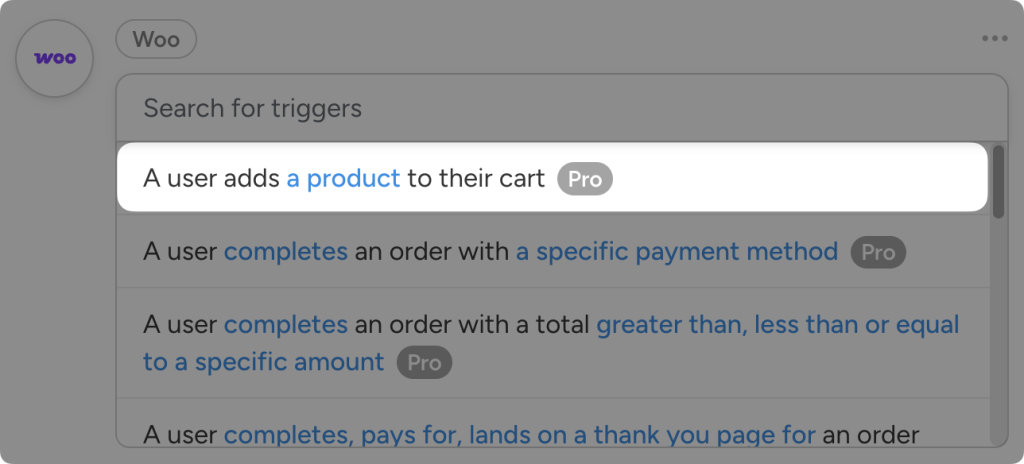
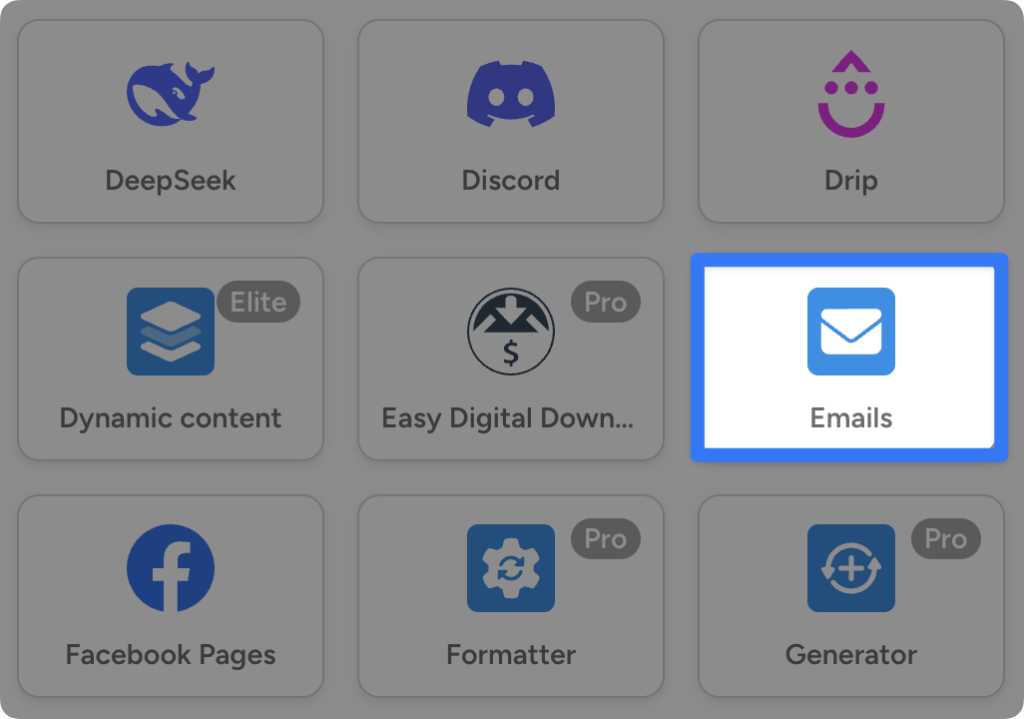
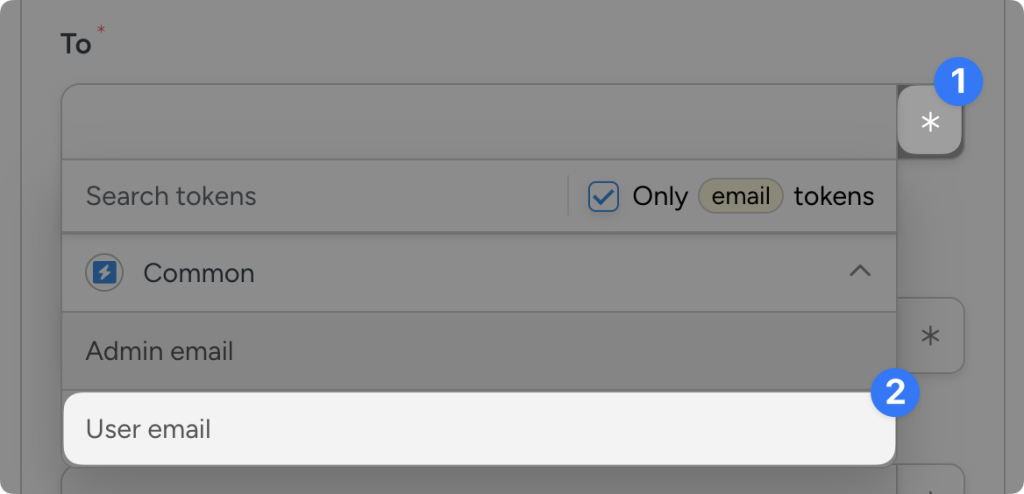
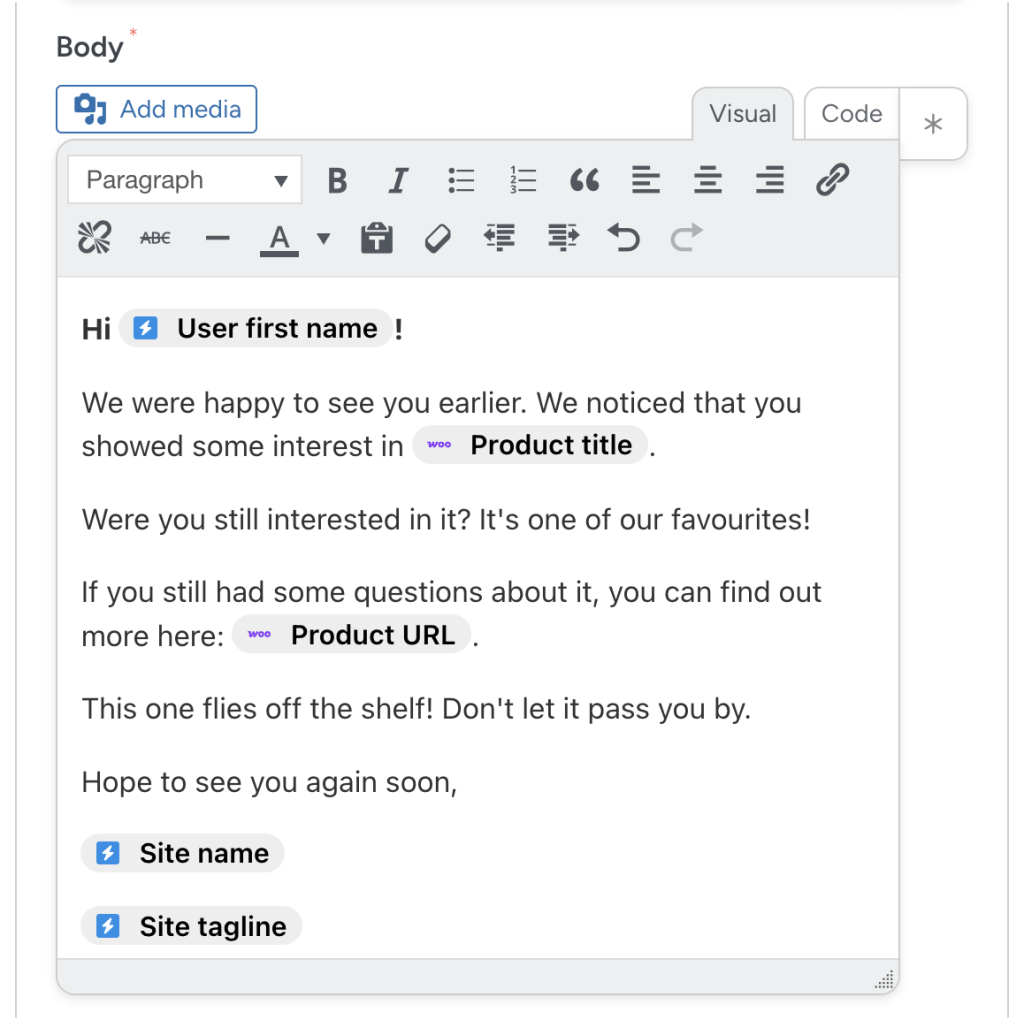
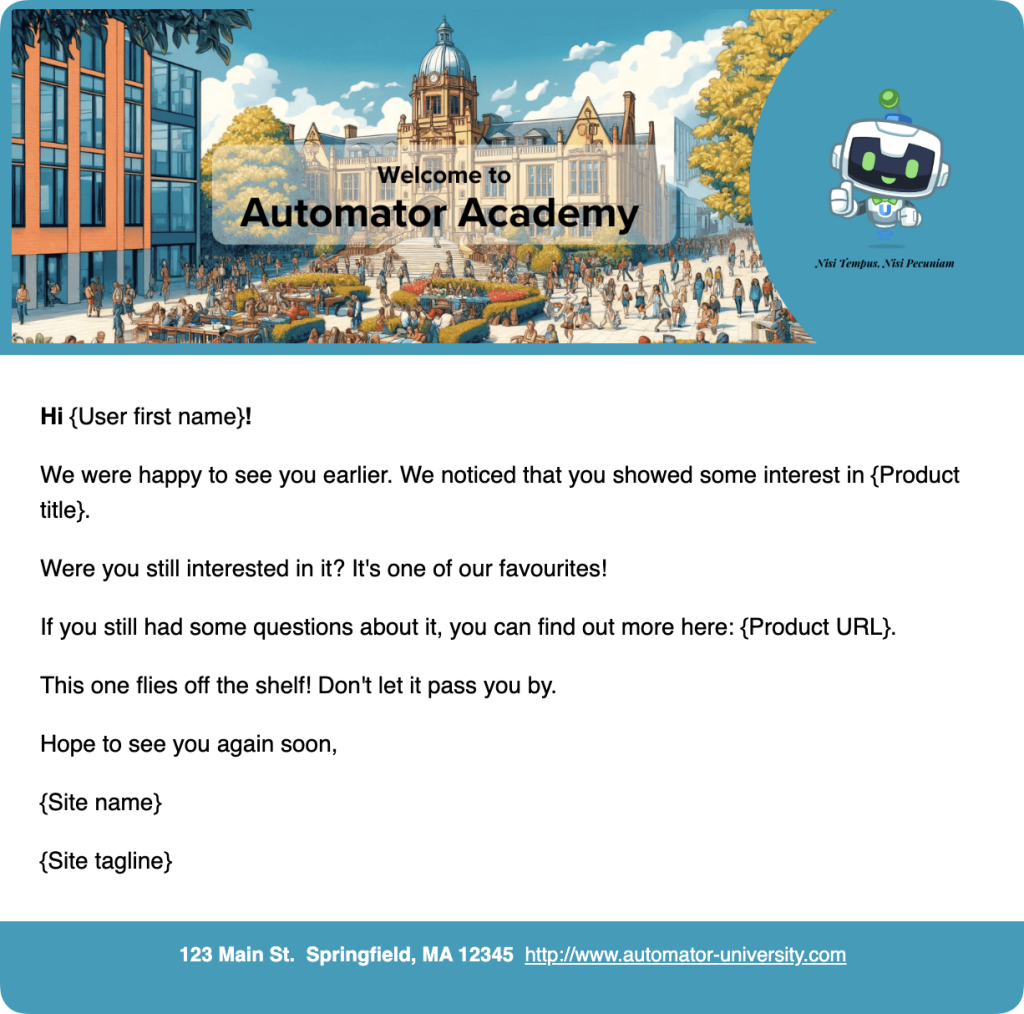
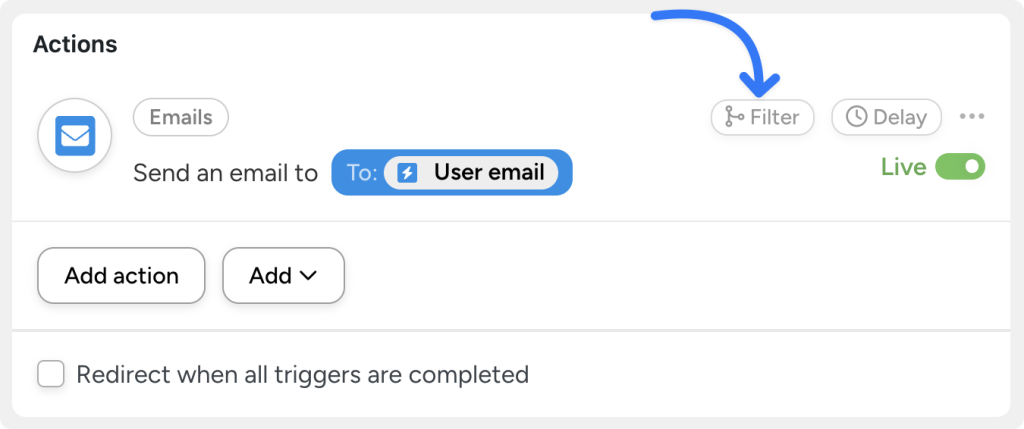
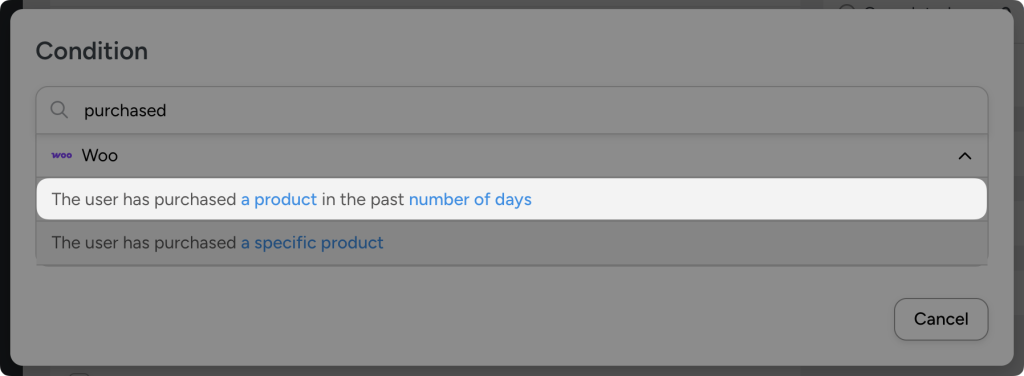
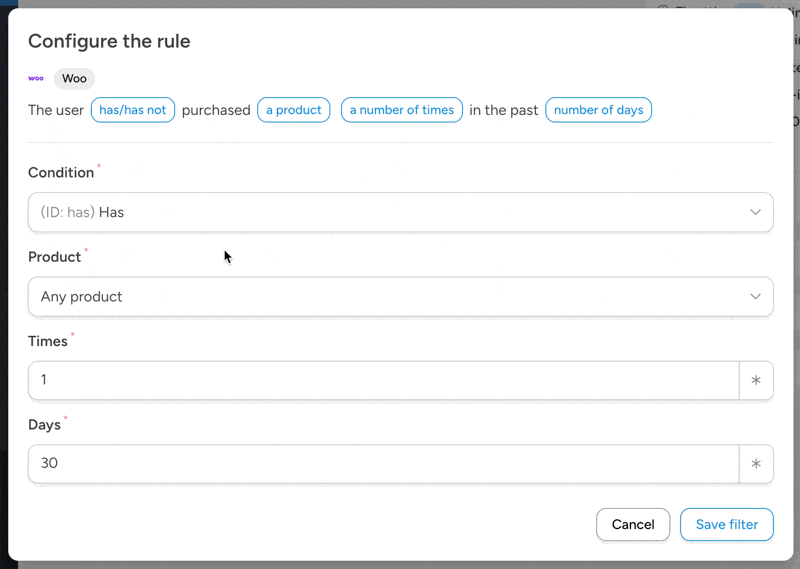
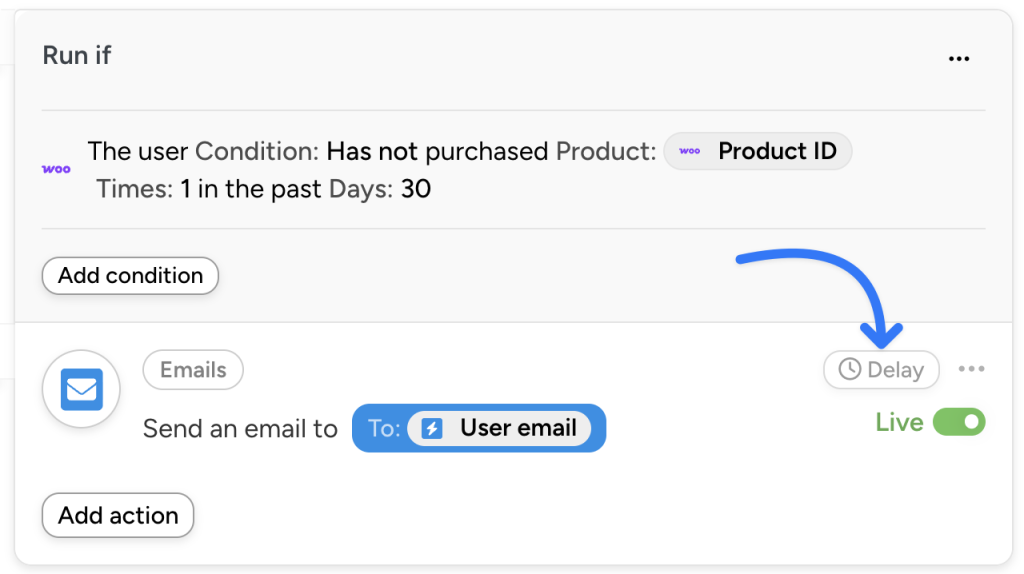
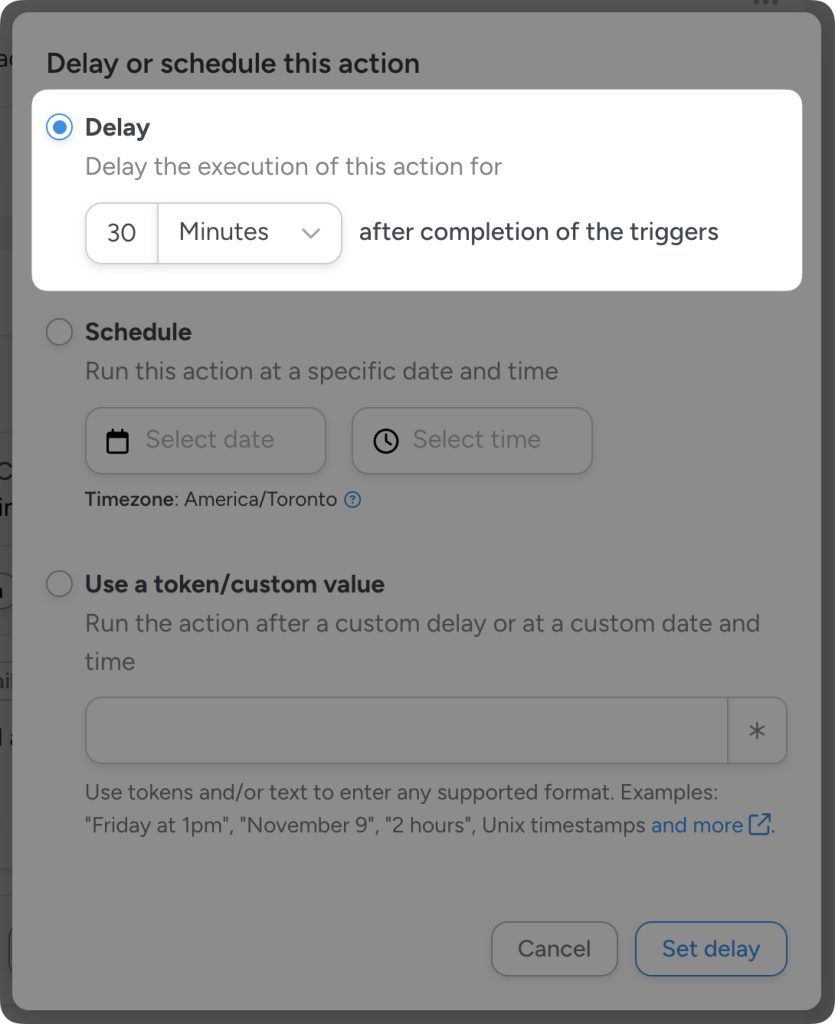
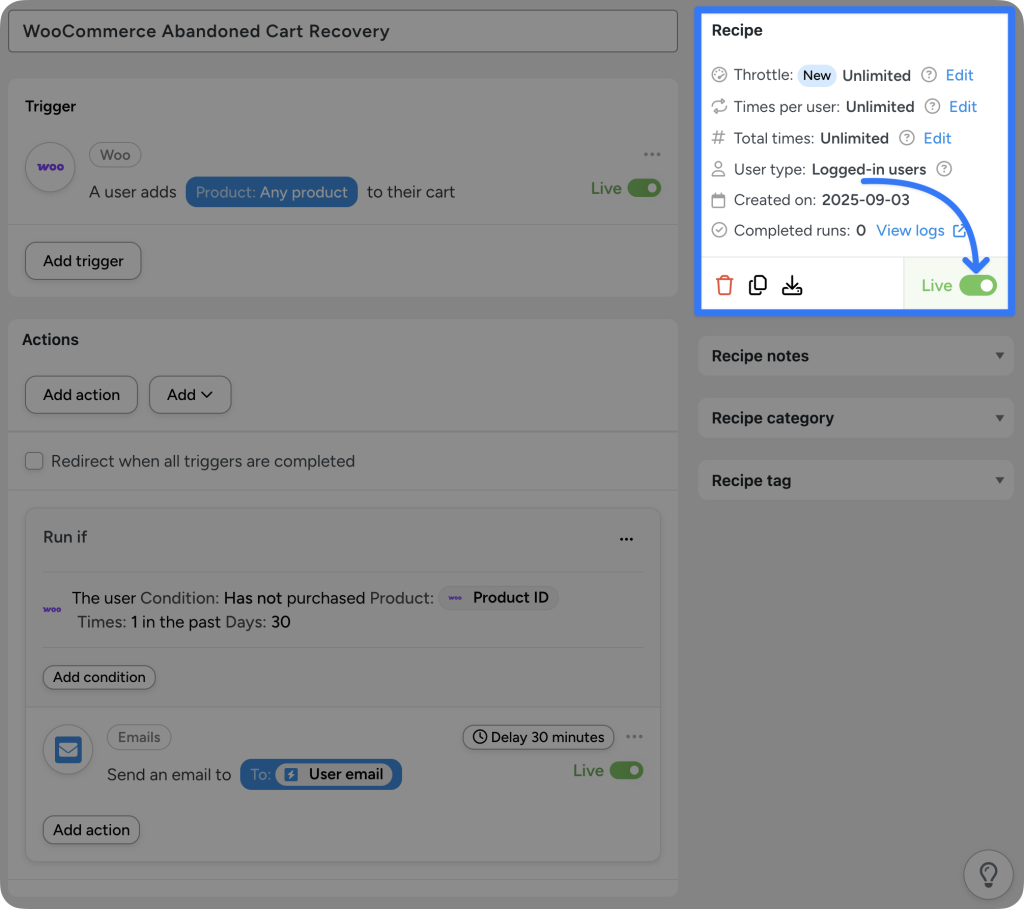
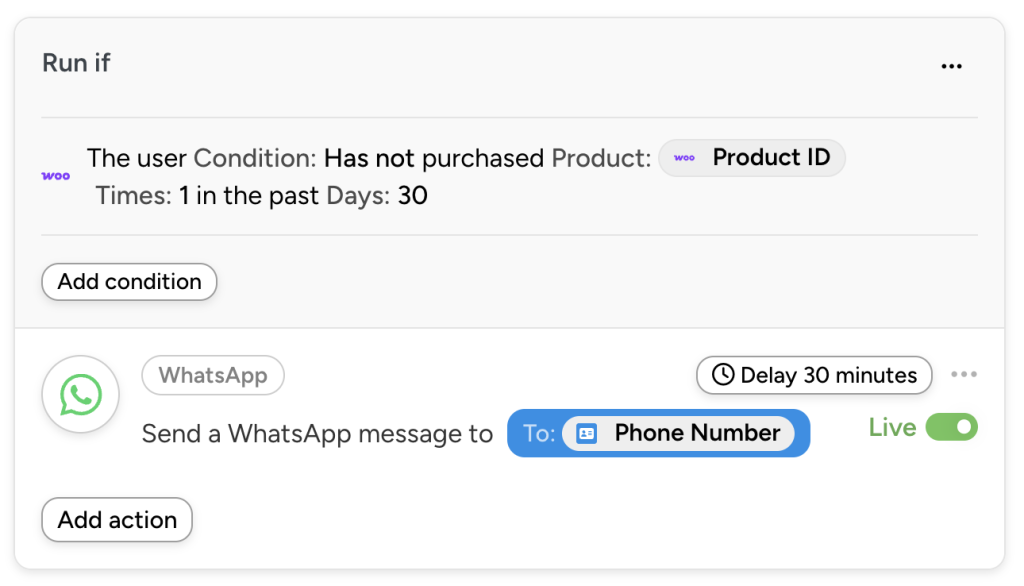
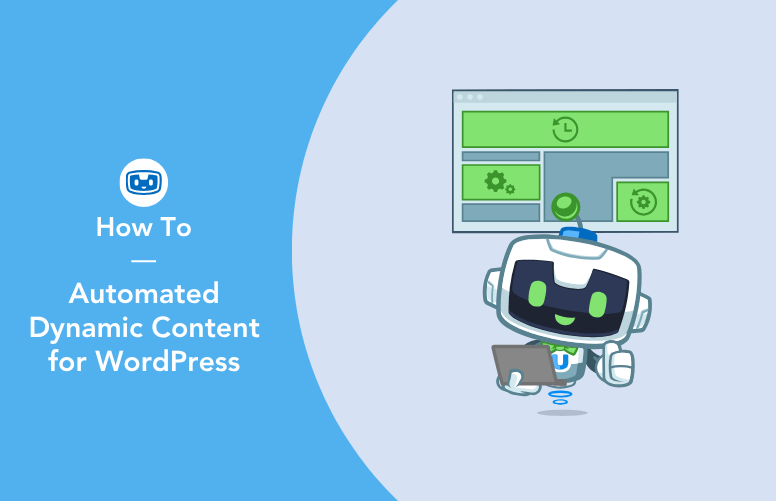
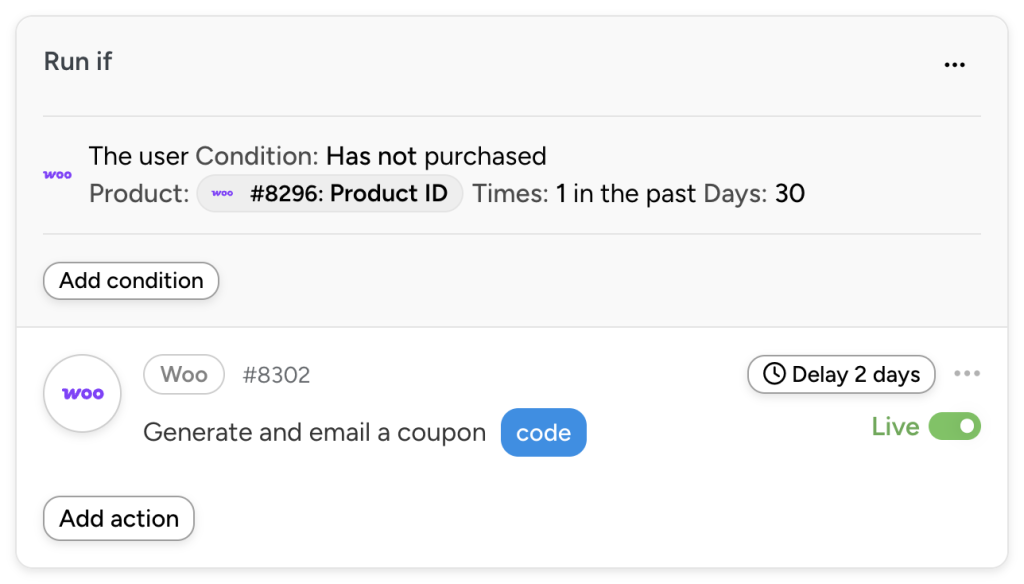


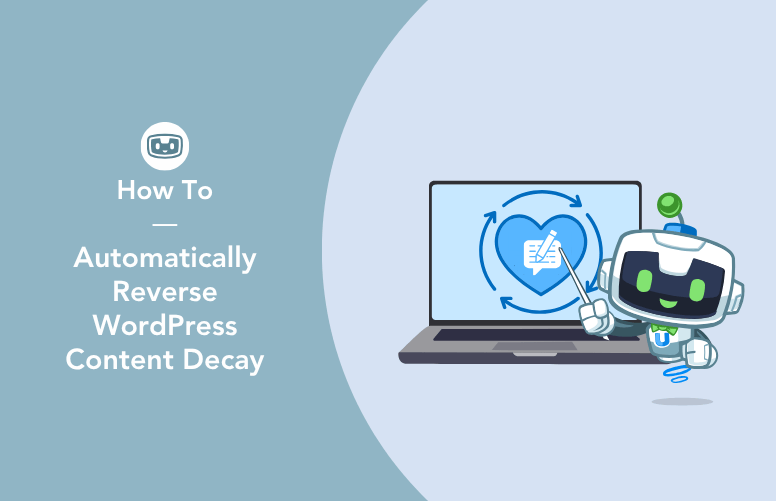
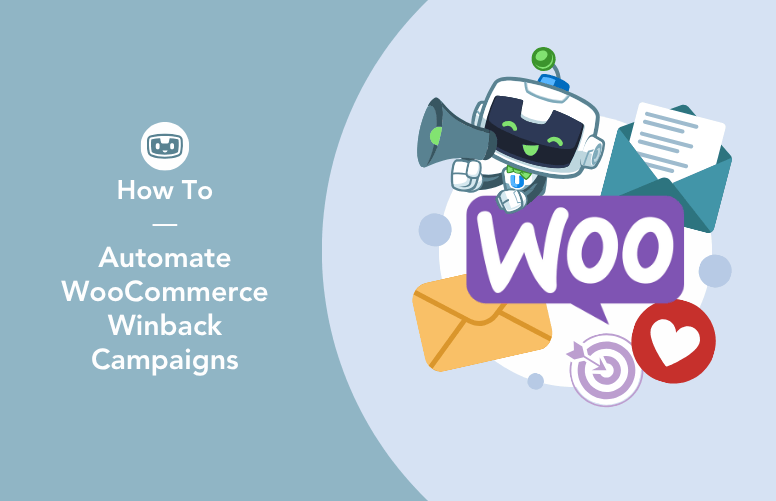
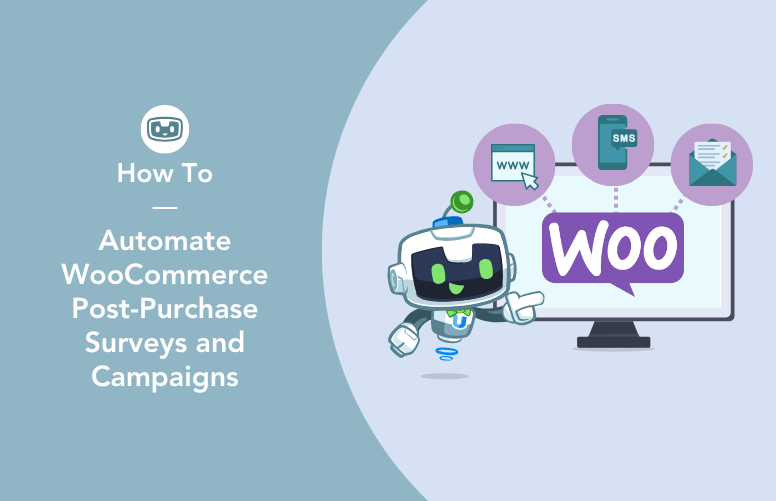
This Post Has 0 Comments